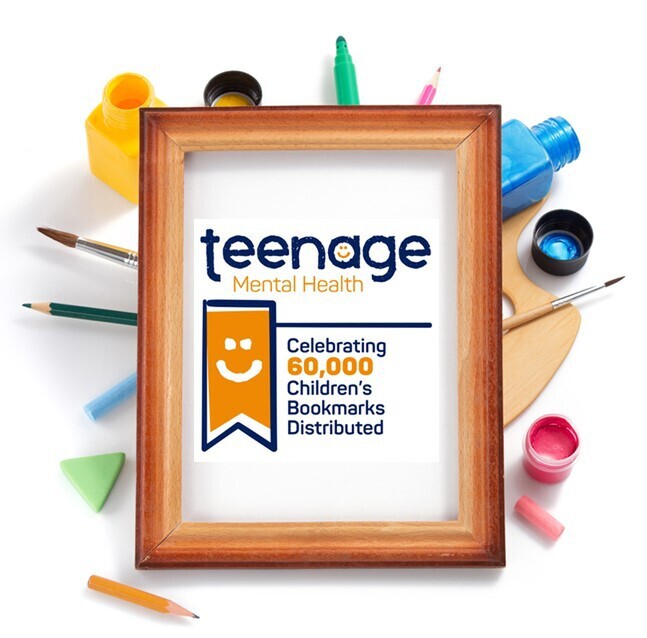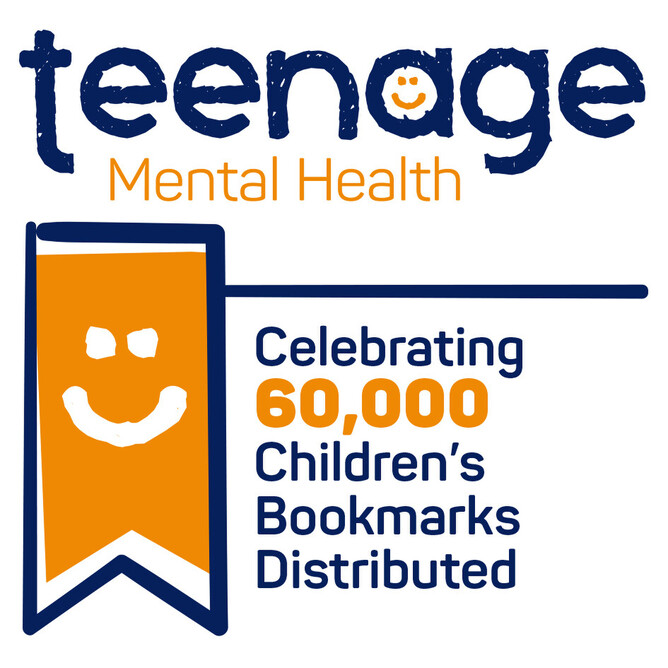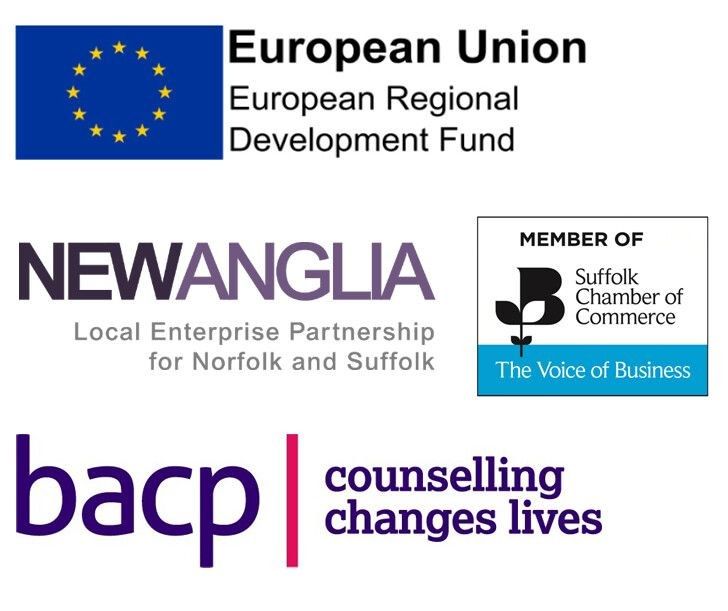Art - A Powerful Tool For Expression & Communication
You may or may not know but on the 6th of July its Childrens art day, so it felt like it was a good odea to think about the importance of art in the recovery process for many.
Art has long been recognised as a powerful tool for expression and communication. Whether it's through painting, drawing, sculpture, or any other medium, art allows people to process and express difficult emotions in a way that words often cannot. This can be especially beneficial for those who are struggling with mental health issues or who have experienced trauma.
One of the key benefits of art is that it can provide a safe and non-judgmental space for people to express themselves. For some individuals, expressing difficult emotions through words can be overwhelming or triggering. However, with art, there is more freedom to explore and express emotions in a way that feels safe and manageable. This can be especially helpful for those who have experienced trauma, as art can provide a way to process and make sense of traumatic experiences without having to relive them in a verbal or written form.
Art can also provide a sense of control and empowerment for individuals who may feel like they have lost control over their emotions or their lives. When creating art, individuals can take control of their emotions and use them to create something that is unique and meaningful to them. This can help to build a sense of self-awareness, self-esteem and self-empowerment.
Furthermore, art can also be a powerful tool for healing and self-discovery. It can help individuals to connect with and understand their emotions in a deeper way. Additionally, art has been found to be helpful in reducing symptoms of anxiety and depression.
Art therapy is a valuable and effective tool in mental health treatment. At times, parents and caregivers may question the true benefits of incorporating arts and crafts into therapy sessions, perceiving it as mere play. However, counsellors who utilise art forms within the therapeutic setting can delve into the inner worlds of patients who struggle with verbal and written communication. Whether it’s creating their own work, or selecting an image to express something that relates to them, this approach provides an alternative means of expression, enabling exploration of thoughts and emotions.
Moreover, art therapy serves as a practical method to cultivate a strong therapeutic relationship with patients. This connection is pivotal for promoting effective engagement in the therapeutic process. Through the expressive nature of art, a patient can create visual representations that offer the counsellor insights into their experiences and inner world. This collaborative and insightful process enhances the counsellor's understanding of the individual's circumstances, facilitating meaningful and impactful therapeutic work.
In conclusion, art is an important tool for helping people process difficult emotions. It provides a safe and non-judgmental space for expression, can provide a sense of control and empowerment, and can be used as a tool for healing and self-discovery. If you are struggling with difficult emotions and are looking for a way to express them, consider trying art as a form of self-expression.
It's important to note that while art can be a powerful tool, it's not a substitute for professional help. If you're experiencing difficulty with your mental health, it's important to speak with a qualified and accredited therapist or other mental health professional. They can help you work through your emotions and develop a plan for managing them in a healthy way.
WE’RE CELEBRATING!!!!
The Teenage Mental Health launched a ground-breaking initiative in 2021 - the Free Bookmark Campaign
The Teenage Mental Health launched a ground-breaking initiative in 2021 - the Free Bookmark Campaign. We are delighted to announce that this innovative campaign has to date, distributed over 60,000 free bookmarks, each with vital mental health advice, directly to the children of Suffolk. Which we think is amazing that we have managed to reach so many children!
We are immensely proud of our campaign with each bookmark, meticulously designed, offering valuable tips and advice on managing mental health, fostering an open dialogue amongst the younger population. The positive impact is undeniable as these bookmarks have not only brought the conversation about mental health into homes but also classrooms and directly into the hands of children across Suffolk who need this support.
The reach of this free bookmark campaign extends beyond the borders of Suffolk, prompting schools and services in both Essex and Norfolk requesting deliveries and Teenage Mental Health being delighted to help. This epic number of over 60,000 being handed out serves as a testament to the effectiveness of the campaign in engaging children and facilitating a deeper understanding of mental health.
Teenage Mental Health's successful campaign is a pioneering step towards eradicating the stigma surrounding mental health in the youth sector. By strategically marrying easily accessible advice and mental health guidance, the campaign has successfully provided accessible resources to tens of thousands of children across the county.
Getting Ready For The School Holidays
The school holidays are here and for many parents, it can be a time of excitement but also a time of stress.
The school holidays are here and for many parents, it can be a time of excitement but also a time of stress. With the long break, it can be hard to keep kids entertained and occupied. But with a little planning, the school holidays can be a fun and enjoyable time for the whole family. Here are a few tips for getting ready for the school holidays as a parent.
First and foremost, it's important to plan ahead. Make a list of activities, trips, and events that you and your children can enjoy together. This can include visits to local parks, museums, or community centres. It's also a good idea to plan staycations, where you can create fun activities and games at home. This can be as simple as setting up a scavenger hunt or organising an indoor obstacle course.
Another way to keep your children entertained during the long break is to enrol them in a holiday camp or class. Many community centres and organisations offer affordable or free programs during the school holidays, such as sports, art, or music classes. These activities can help your children learn new skills, make new friends, and have fun.
Another important aspect of getting ready for the school holidays is to take some time for yourself. While it's important to spend time with your kids, it's also important to have some time for yourself. This can be as simple as taking a few minutes each day to read a book, meditate, or go for a walk.
Lastly, it's important to remember to have fun and enjoy the time with your children. The school holidays can be a great opportunity to bond with your children and create lasting memories. Don't put too much pressure on yourself to make everything perfect. Just enjoy the time with your children and you'll all make it through the school holidays.
Top Tip
Go ahead and yawn. Studies suggest that yawning helps to cool the brain and improves alertness and mental efficiency.
Did You Know? Mental Health Fact
Fun fact
Personality weakness or character flaws cause mental health problems. People with mental health problems can snap out of it if they try hard enough. NO
Fact: Mental health problems have nothing to do with being lazy or weak and many people need help to get better. Many factors contribute to mental health problems, including:
Biological factors, such as genes, physical illness, injury, or brain chemistry
Life experiences, such as trauma or a history of abuse
Family history of mental health problems
People with mental health problems can get better and many recover completely.
Ask A Therapist
My child keeps sneaking food and belongings, what can I do?
Don't worry, this doesn't mean your child is heading for a life of crime!
It's actually more common than people realise, but we appreciate this can be difficult and frustrating for adults, and there can be a multitude of reasons why a child engages in this behaviour. It could be driven by emotions, seeking comfort, or a sense of entitlement. However, there are a few simple tricks you can try.
Firstly, you can provide them with a designated drawer or tub in a cupboard outside of their bedroom, filled with items they can have and enjoy. If it involves food, this can include a small amount of sugary or processed treats that we all indulge in occasionally, alongside healthier options. Remember to regularly replenish the drawer and involve them in the selection process. Encourage them to pick two treats and two healthy snacks, giving them a sense of control and ownership within the household.
In addition, you can occasionally top up a small box with fidget toys, chewing gum, or modeling clay - items you know they like. This conveys thoughtfulness and provides them with a sense of belonging, knowing that there are things in the house specifically put there for them.
Another strategy to consider is leaving out a bowl of sugar-free hard candies that you know they will enjoy. You can do this separately or simultaneously with the previous suggestions. Let your child know they can take one at a time whenever they wish. Place the bowl in a common area such as the living room, typically used by the adults in the house. This allows you to monitor how often they take something and assess their need for it. Over time, you may notice a decrease in their consumption from the bowl, as well as other behaviors sneaking things. This helps dilute the need for them to hide what they're doing when that's occurring.
Finally, be mindful of your own food habits and use of belongings, and set a positive example for your child. Your behaviour can greatly influence theirs and contribute to a healthier dynamic in the household.
You can of course gently talk about it with them! But often if you ask, "why did you take ????" you will get, "I don't know" in return.
Try a gentle conversation start up of, what do they think of in the moment of taking something? Or, what do they feel like when they want or do take something? If they can't express feelings in words, asking them do they have any physical feelings in the moment: Things like do they feel like there's pressure in their head, butterflies in their tummy or tingly in their chest can help them start to figure out the feeling with you.
One conversation likely won't stop the behaviour straight away, but it may offer you insight to consider other strategies or needs for your child individually.
By implementing these strategies and modelling positive habits, you can make a difference in addressing your child's taking and sneaking behaviour
Thank You For Reading
If you want to subscribe to our newsletters and emails, or to know more information about Teenage Mental Health, please email hello@teenagementalhealth.co.uk




